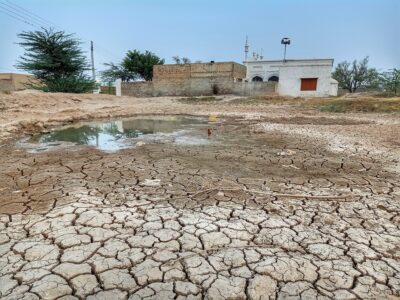
Lamont-Doherty Earth Observatory graduate student Rajib Mozumder, who works with Lamont scientists Lex van Geen and Ben Bostick, has spent part of his summer drilling water wells and collecting samples in Bangladesh.
Rajib writes, “In this trip we were drilling to assess the vulnerability of an intermediate depth (approximately 30 to 80 meters deep) aquifer in Araihazar, Bangladesh. In general, groundwater pumped from the intermediate Pleistocene (12,000 years ago) orange sand is low in arsenic, whereas shallow, or less than 30 meter deep, gray, Holocene (less than 5,000 years ago) sediment-derived water is highly contaminated by arsenic.
We’ve recently observed that the orange sediment, which is safe, meaning it contains less than 10 parts per billion (ppb) of arsenic, can turn gray. In general, a low-arsenic aquifer can transform into a high-arsenic aquifer with time in a dynamic hydrogeological system, which may be disturbed by large scale municipal pumping.
This research is very important because millions of people around the world, especially in south and southeast Asia who are drinking groundwater contaminated by arsenic need a sustainable mitigation strategy. If the intermediate depth aquifers are not sustainable, then rural Bangladeshis have to install deep wells, which is neither cost-effective nor easily achievable with local drillers’ hand-percussion drilling technique.”
Their research is done in collaboration with University of Dhaka, Bangladesh and is funded by the National Institute of Environmental Health Sciences. The results of a similar study in Vietnam, co-authored by Bostick, van Geen, was published last year in Nature.



